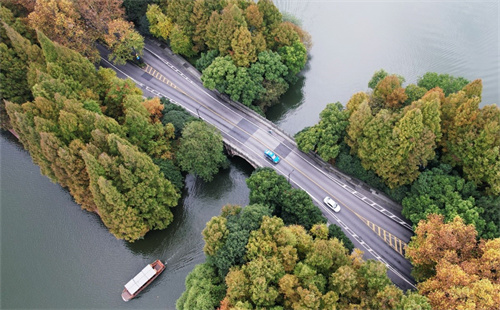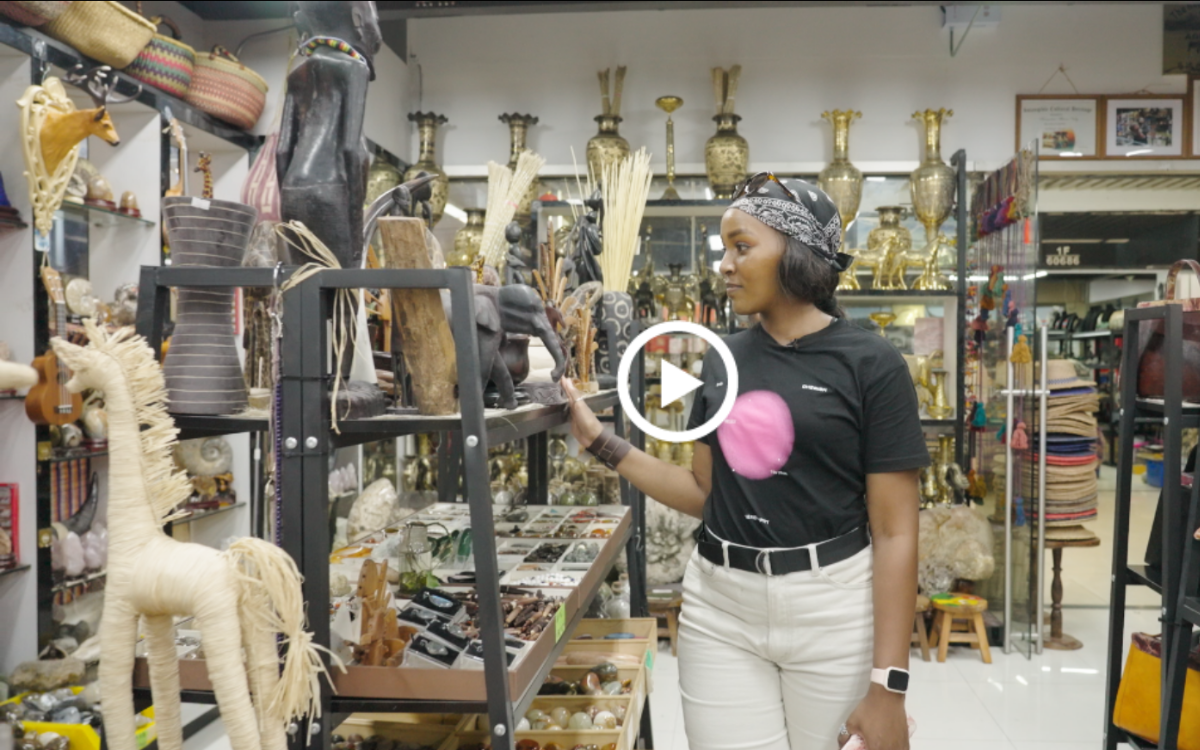Cultural dimensions of Mount Tiantai
What we call the Road of Tang Poetry in Eastern Zhejiang today has Mount Tiantai (Terrace of Heaven, literally) at its southern end. In the Tang Dynasty (618-907), hundreds of poets journeyed through a land of picturesque rivers and mountains in the eastern part of the province all the way to the mountain. Poems written before and in the Tang Dynasty (618-907) testify to the beauty of the mountain and to the fact that poets were allured to the destination. Pan Lei (1646-1708), a scholar of the early decades of the Qing Dynasty (1644-1911), was fascinated by the charms of Tiantai and tried to figure out why it was so attractive to poets. He concluded that Mount Tiantai embodied the beauty of all the other mountains in China.
From the earliest centuries of Chinese history, even local people were aware of the uniqueness of Tiantai, as testified by numerous myths, legends and folk tales that were inspired by the beauty of Tiantai. One tale stands out in the history of Chinese literature: two young men went into Mount Tiantai to gather medical herbs and lost their way before they were saved by two fairies. After staying with the fairies for half a year, they returned home only to find that seven generations of their family had passed during their absence. This tale is one of the four most influential tales about romances between men and fairies.
For many people, however, Mount Tiantai is a holy land, even though it isn't considered among the top four sacred mountains in Buddhism. Its significance lies in the fact that Buddhism from India morphed into Chinese Buddhism in Mount Tiantai. It was in Mount Tiantai that Master Zhiyi (538-597) founded the Tiantai sect. Master Zhiyi had developed a complete system of doctrine and practice integrating Buddhism with elements of Confucianism and Taoism. In the early 9th century, Tiantai was introduced to Japan where it flourished. The sect also has a presence in the Korean Peninsula and nations in Southeast Asia. All Buddhist sects based on the teachings of Master Zhiyi in the world consider the Guoqing Temple in Mount Tiantai as the cradle of their sects.
Master Zhiyi had Guoqing Temple completed in 598. It was later torn down and rebuilt several times. The main structure we see today was erected during the reigns of Emperor Yongzheng and Emperor Qianlong of the Qing Dynasty. The temple was damaged in the 1960s before it was restored. There are many other Buddhism temples in Tiantai.
Moreover, Mount Tiantai is a holy land of Taoism. In fact, the mountain was considered sacred by Taoists before the Qin Dynasty (221-207BC), that is, before Buddhism was introduced to China. Tongbai Monastery, a Taoist temple in Mount Tiantai, was first built in the Three Kingdoms period (220-280). In the most glorious times of Taoism in Tiantai, Tongbai Temple was embraced by 108 other Taoism monasteries in the nearby hills and peaks of Tiantai. The present-day Tongbai Monastery in Tiantai is a new structure built in the 21st century.





 play
play